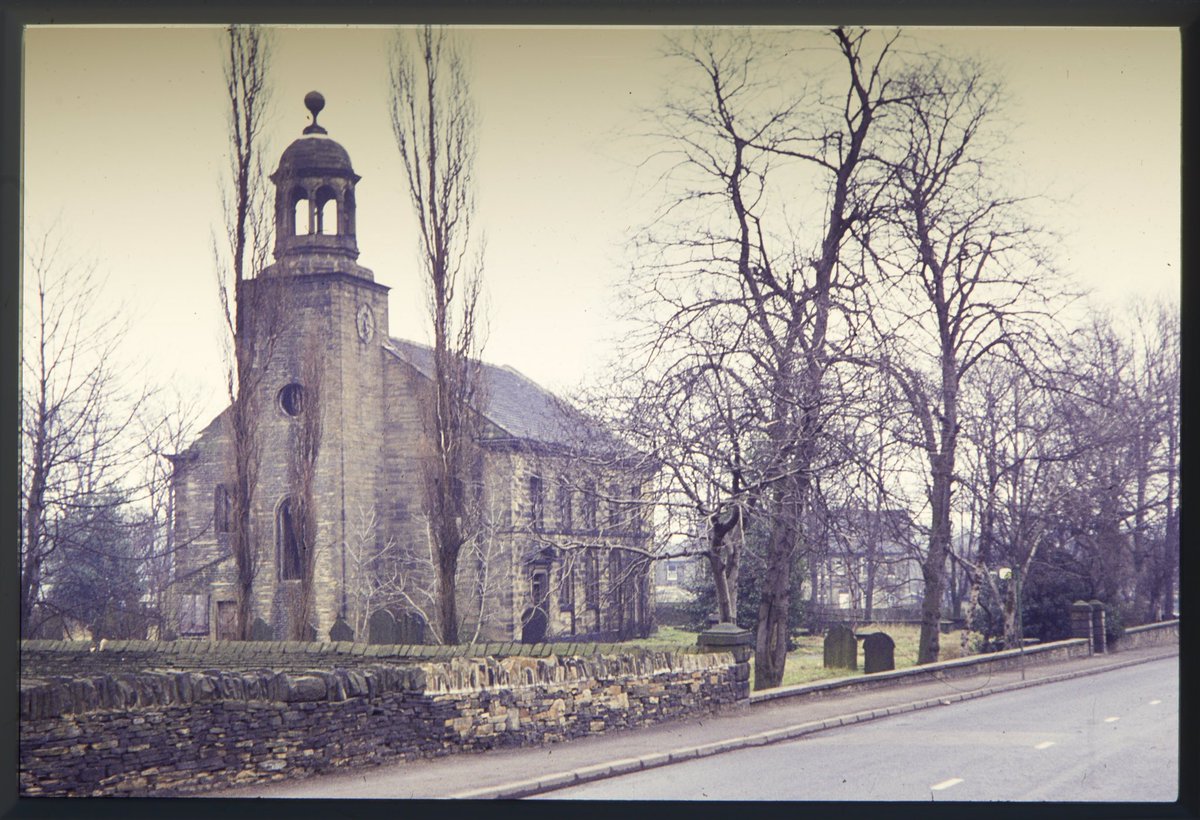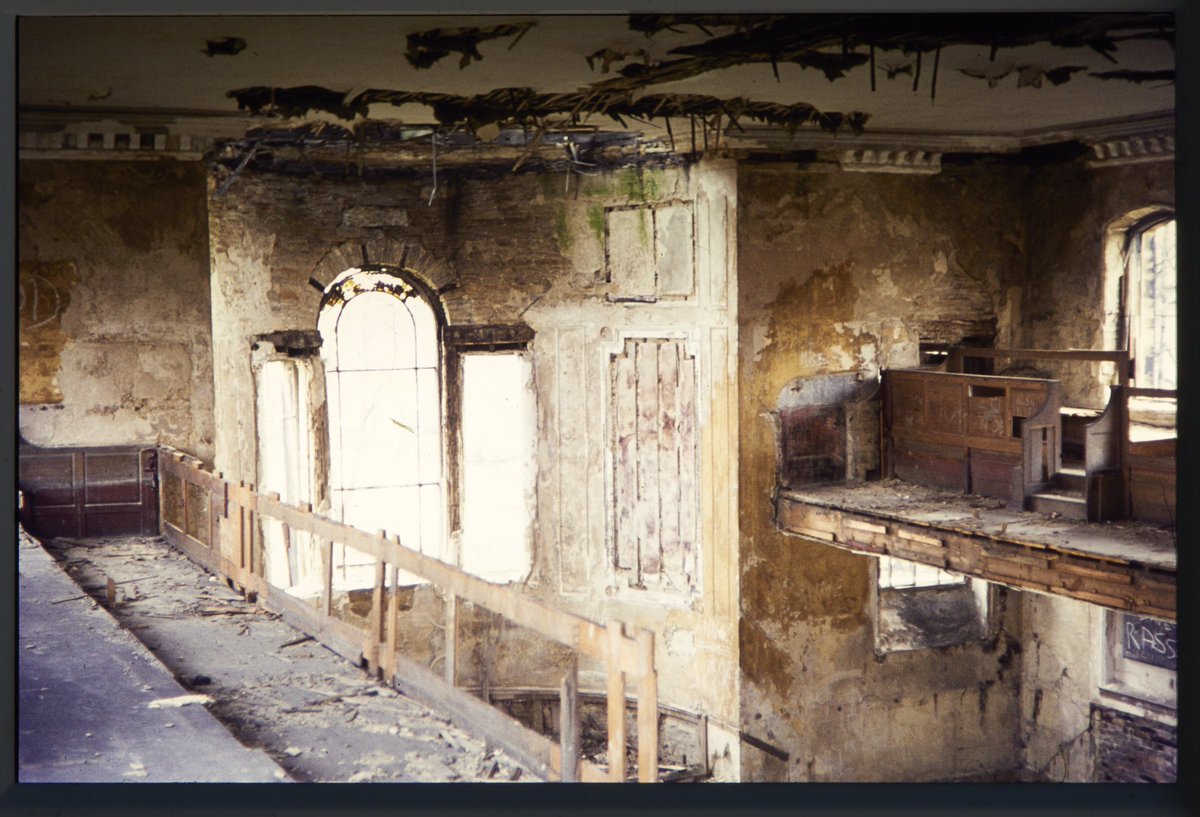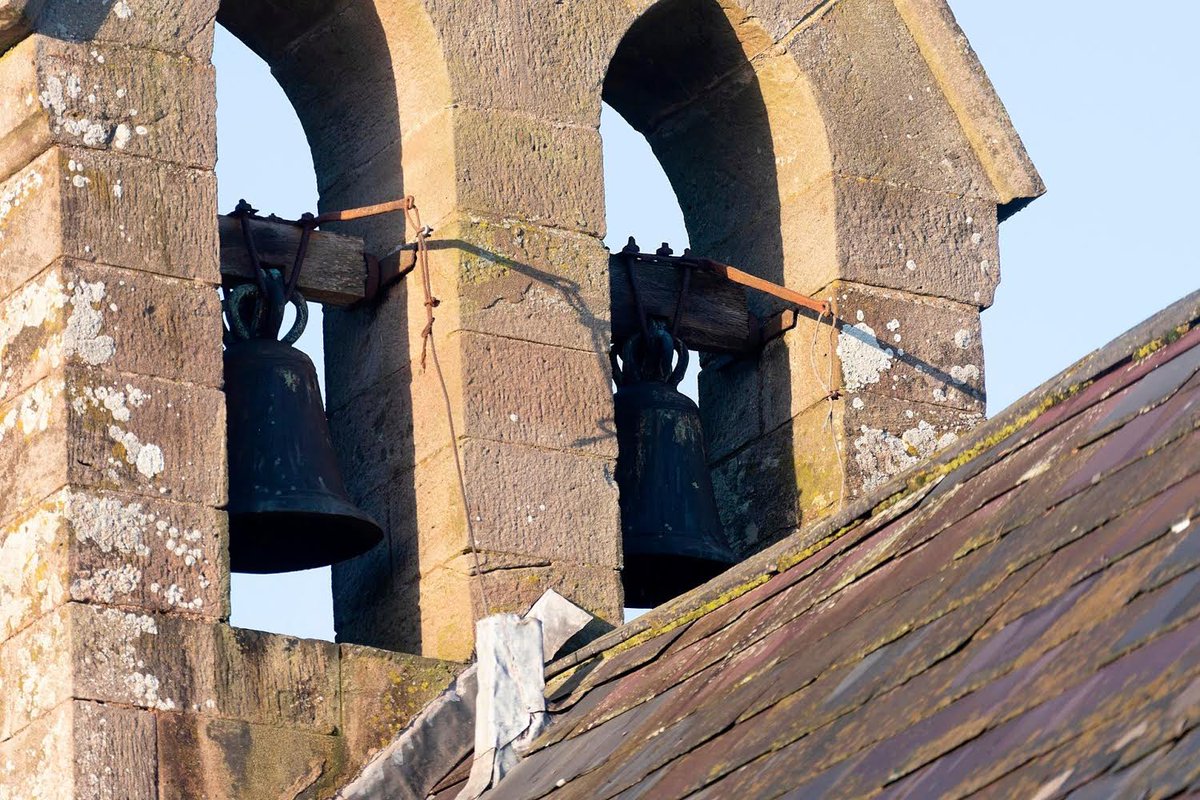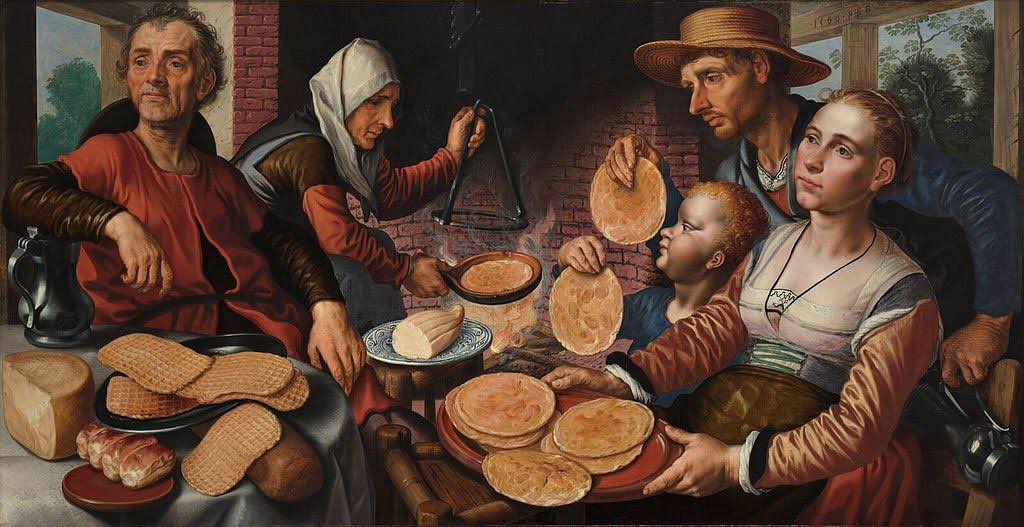
St Philip's, Caerdeon, Gwynedd: the first church of 2021 to be saved.
Since closing in 2014, we've been working to take this church into our care. In 2019, we appealed to our supporters to help us fund the most urgent works.
You did it. St St Philip's is protected.
#thread
Since closing in 2014, we've been working to take this church into our care. In 2019, we appealed to our supporters to help us fund the most urgent works.
You did it. St St Philip's is protected.
#thread
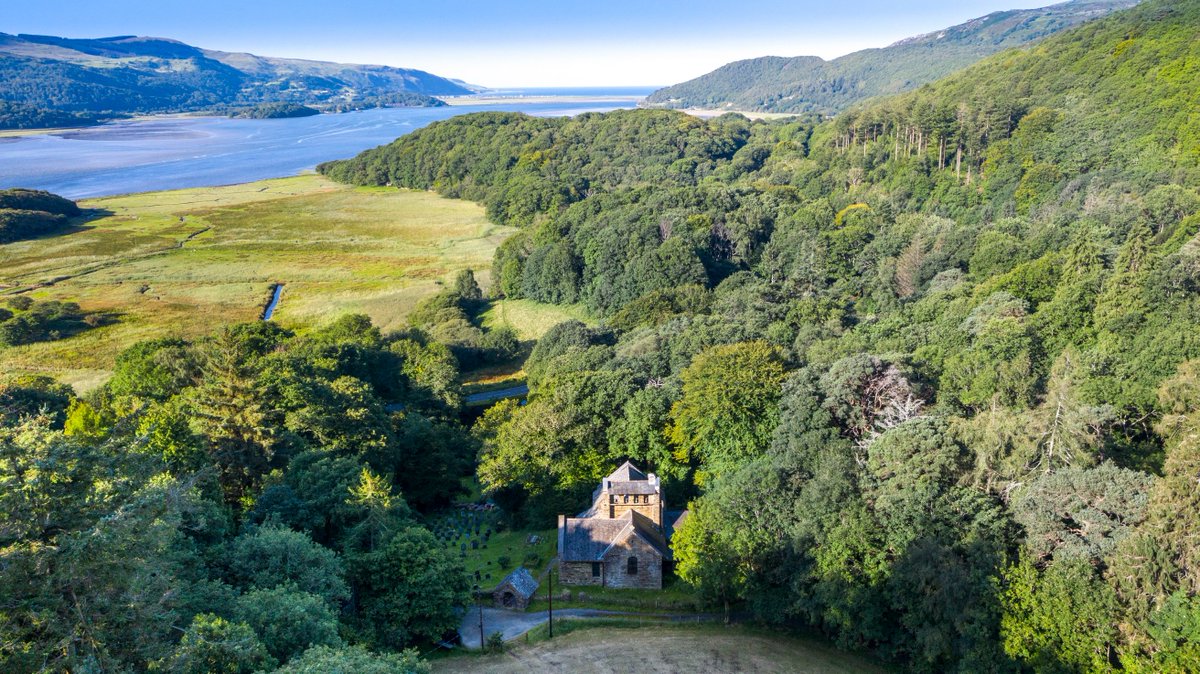
Tucked between Barmouth and Bontddu, St Philip’s is a church of extraordinary individuality and importance. It has been described as rustic Mediterranean, Alpine, of French Basque influence. Curiously, it’s just a stone’s throw from St Mark’s, Brithdir – another exotic church.
2/
2/

St Philip's rubble-slate construction dates to 1861. It includes a loggia with stone benches and pairs of round-headed, Romanesque windows, and a bellcote-cum-chimney, which shelters four bells that are rung by large wheel found in a shelter to the north of the church.
3/
3/

Inside, St Philip’s is quite simple. The walls are white-washed. The pews are plain. Decoration is saved for the sanctuary, where the mosaics and marbles give a Byzantine feel. The stained glass was added later – most notably, the Crucifixion (1892) by Kempe in the east window
4/
4/

The church was designed by Rev’d John Louis Petit. Whilst not a household name like his contemporary John Ruskin, Petit was one of the leading architectural writers of his age and one of the few who resisted the ‘copy Gothic’ that was so fashionable in the 19th century.
5/
5/

Petit charted the building of St Philip’s in watercolour. We are incredibly lucky that these are saved @NLWales. Work began shortly before 22 July 1861, and was more or less complete by 27 August 1862. The church took a little over a year to build.
6/
6/

St Philip’s is Petit’s only surviving building. It is utterly unique. In 2018 – four years after it closed for worship, and its future hung in the balance – Cadw upgraded its status to Grade I.
7/
7/

Thanks to generous donations we re-roofed St Philip’s in 2020. It’s now watertight. But there is much more to be done. This is only the beginning, but we are so happy to have been able to give this church a future.
You can read more here: friendsoffriendlesschurches.org.uk/caerdeon/
8/
You can read more here: friendsoffriendlesschurches.org.uk/caerdeon/
8/
Finally:
All these wonderful photos are by @fotofacade.
I’m sorry this thread took about 2hrs to full upload - my internet just would not cooperate. Argh.
All these wonderful photos are by @fotofacade.
I’m sorry this thread took about 2hrs to full upload - my internet just would not cooperate. Argh.
... And I’m sorry about all the typos...
Tomorrow will be better!
Tomorrow will be better!
• • •
Missing some Tweet in this thread? You can try to
force a refresh
















